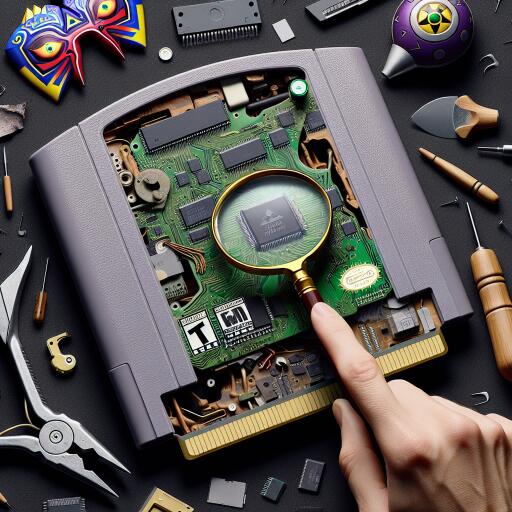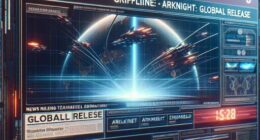Goodbye, Emulators: The Majora’s Mask Codebase Has Been 100% Reverse Engineered
The Zelda community is rejoicing over a landmark achievement in game development and preservation. The Legend of Zelda: Majora’s Mask has had its codebase fully reverse-engineered thanks to the tireless efforts of the ZeldaRET team. This monumental feat follows in the footsteps of other successful 100% decompilation projects such as Ocarina of Time, The Minish Cap, and Super Mario 64.
After over three years of meticulous work, the ZeldaRET team has successfully recreated Majora’s Mask’s codebase, which opens up a world of possibilities. Gamers and developers alike can now delve deeper into the code, discover new ways to port the game to modern platforms, create mods and optimizations, and even explore innovative hacks catering to speedrunners.
Completion of the project had been tantalizingly close for the last six months, consistently hovering in the high 90% range. However, it was earlier this week that ZeldaRET member darkeye made the milestone announcement on Twitter, confirming they had reached 100% completion. In the same breath, darkeye noted there’s still room for improvement, such as eliminating false code matches and enhancing documentation.
For those unfamiliar with the world of decompilation, it refers to the intricate process of reverse-engineering the compiled code found in the original game cartridge into a format that is readable by humans. This daunting task typically requires a great deal of trial and error, where coders write and compile new code, then compare it back to the original to ensure accuracy.
Significantly, the project’s intent is not to craft a functional port of the game outright. Doing so would infringe on copyright laws. Instead, the project results in an executable that can be used in tandem with a legally obtained ROM. This allows the game’s new code to merge with its original copyrighted assets, such as text, sprites, and textures. While other groups may go on to make ports, the ZeldaRET team aims to distance themselves from those activities.
The significance of this effort goes beyond legality. Specifically, for consoles like the N64, which are notoriously challenging to emulate, a perfect codebase paves the way for native ports to operate smoothly even on weak hardware. These ports can support advancements such as widescreen outputs, increased framerates, cheats, save states, and much more. Additionally, the recompiled code serves as an invaluable reference for code historians aiming to understand the origins of specific game glitches.
Recently, advancements in static recompilation techniques have largely expedited the decompilation process, enabling native ports to be developed in days or weeks. However, this approach often omits rendering the code in a human-readable format, hence complicating attempts at optimizations and modifications. The rapid development of the Android port of Majora’s Mask is a testament to this process.
Among the ranks of previous titles to achieve 100% matching decompilations are Super Mario 64, Ocarina of Time, and The Minish Cap. Emboldened by their continued success, the ZeldaRET team has set their sights on further ambitious projects, including the revered titles Twilight Princess, Skyward Sword, and Breath of the Wild. With each of these endeavors still years away from completion, the team remains resolute and diligently committed to their craft.
Overall, the decompilation of Majora’s Mask not only underscores the expertise and dedication of the ZeldaRET team but also signifies a new era of possibilities for video game restoration, preservation, and innovation. The game’s code is now not just a digital relic but an engaging blueprint for future exploration.
The reverse engineering of Majora’s Mask is a testament to the power of collaborative ingenuity and a glimpse into a promising future where even the most challenging adventures in Hyrule can be replayed and reinvented for generations to come.










